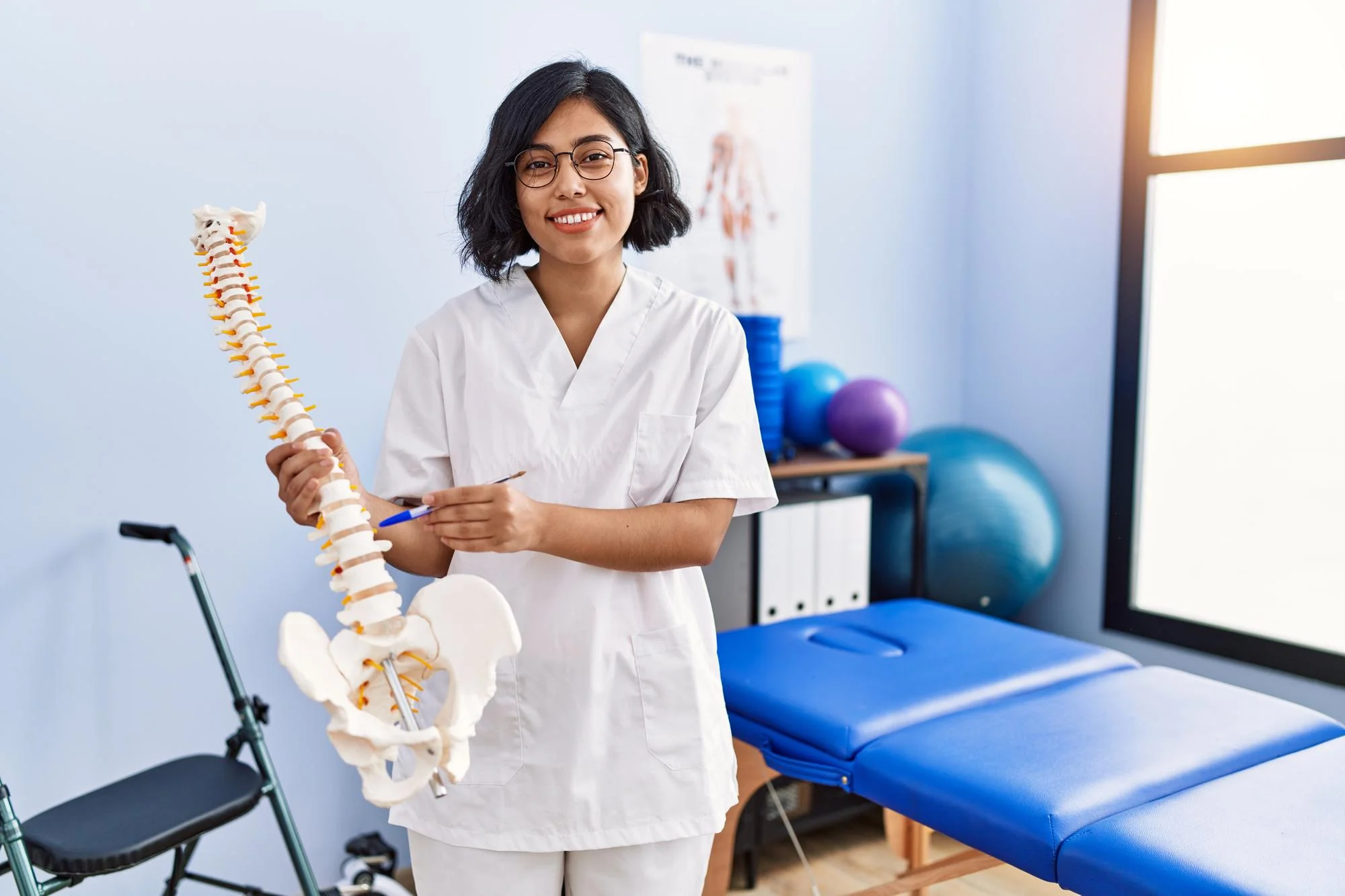Abstract
In the ever-evolving field of spinal surgery, understanding the role of spinopelvic alignment has become increasingly pertinent. A recent study published in *World Neurosurgery* journal zeroes in on the mid-term outcomes of single-level posterior lumbar interbody fusion (PLIF) in the context of pelvic incidence minus lumbar lordosis (PI-LL) mismatch. This comprehensive analysis could serve to alter the way spinal diseases are managed, especially among populations suffering from sagittal imbalance — a factor formerly hinted at being a contributory element for the development of adjacent segment disease (ASD) post fusion surgery.
Introduction
For practitioners in the field of orthopedic surgery and neurosurgery alike, the decision-making process in managing cases of spinal pathologies remains intricate. Optimal spinal alignment is a crucial element in predicting the success of a spinal fusion. Any imbalance in this harmony could potentially unleash a series of adverse events, the least of which could be ASD. This innovative study endeavors to assess the impact of preoperative PI-LL mismatch on the mid-term clinical outcomes and reoperation rates after single-level PLIF at the L4-5 vertebral segments.
Methods and Patient Demographics
A cohort of 253 patients, comprising 80 men and 173 women with a mean age of 68.2 years, was retrospectively examined. These individuals had undergone a single-segment PLIF at the osaka Rosai Hospital, with the operative focus on the L4-5 level. They were partitioned into two distinct groups; group M (those with PI-LL mismatch — a PI-LL of ≥30°) and group C (the control group sans mismatch). Clinical outcomes were tracked and juxtaposed using the Japanese Orthopedic Association (JOA) score, and radiographic parameters were analyzed to uncover possible variances in surgical outcomes.
Results
The study throws light on an illuminating finding: although radiographic parameters excluding Sacral Slope (SS) were significantly poorer in group M, the JOA scores five years postoperatively barely differed between group M (23.0±3.6) and group C (23.5±5.1). Furthermore, recovery rates depicted a negligible discrepancy (66.2±32.6% in group M vs. 64.6±21.4% in group C). Perplexingly, there were no significant differences observed in the reoperation rates, with 4.3% of group M and 7.8% of group C patients requiring further surgical intervention.
Discussion
These revelations may oscillate the pendulum of surgical protocols. Traditionally, a high PI-LL mismatch is considered a flag for potential complications following spinal surgery. However, this in-depth study offers evidence that a mismatch does not necessarily correlate with inferior mid-term outcomes or heightened reoperation rates for patients undergoing single-level PLIF.
Implications for Future Research and Clinical Practice
Eliciting much interest and potential clinical implications, this study underscores the necessity of nuanced understanding and individualized assessments in managing spinal pathologies. Future studies with a broader scope and longer follow-up durations may paint a more refined picture and validate whether the findings observed hold true in the long run.
Article Details
Publication and Citation:
Nagamoto Yukitaka Y et al., “Mid-term results of single-level posterior lumbar interbody fusion in patients with pelvic incidence minus lumbar lordosis mismatch,” World Neurosurgery, 2024. [DOI: 10.1016/j.wneu.2024.01.031]
References
1. Schwab F, Patel A, Ungar B, Farcy JP, Lafage V. (2010). “Adult spinal deformity-postoperative standing imbalance: how much can you tolerate? An overview of key parameters in assessing alignment and planning corrective surgery.” Spine, 35(25), 2224-31. DOI: 10.1097/BRS.0b013e3181ee6bd4.
2. Glassman SD, Bridwell K, Dimar JR, Horton W, Berven S, Schwab F. (2005). “The impact of positive sagittal balance in adult spinal deformity.” Spine, 30(18), 2024-9.
3. Lafage V, Schwab F, Patel A, Hawkinson N, Farcy JP. (2009). “Pelvic tilt and truncal inclination: two key radiographic parameters in the setting of adults with spinal deformity.” Spine, 34(17), E599-606. DOI: 10.1097/BRS.0b013e3181aad219.
4. Kim HJ, Chun HJ, Kang KT, Moon SH, Kim HS, Park JO, Moon ES, Lee HM. (2013). “The biomechanical influence of the facet joint orientation and the facet tropism in the lumbar spine.” Spine Journal, 13(10), 1301-8.
5. Proietti L, Scaramuzzo L, Schiro GR, Sessa S, Logroscino CA. (2013). “Clinical outcomes of single-level transforaminal lumbar interbody fusion.” Spine, 38(17), E1048-54. DOI: 10.1097/BRS.0b013e31829e7c25.
Keywords
1. Posterior Lumbar Interbody Fusion Outcomes
2. Pelvic Incidence-Lumbar Lordosis Mismatch
3. Spinal Fusion Surgery Complications
4. Adjacent Segment Disease Risk
5. Spinopelvic Alignment in Spinal Surgery
